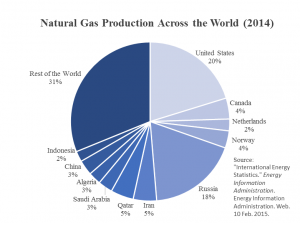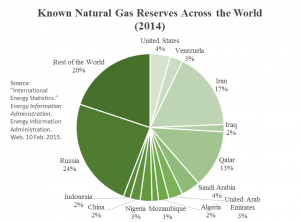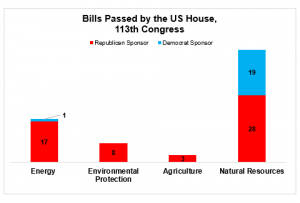U.S. House Energy Bill Debate Today
The House of Representatives starts the debate today on 38 amendments out of an original 103 submitted for H.R. 8 —North American Energy Security and Infrastructure Act of 2015 — and concludes discussion tomorrow. The 2015 energy bill would modernize energy infrastructure, build a 21st century energy and manufacturing workforce, bolster America’s energy security and diplomacy, and promote energy efficiency and government accountability.
Despite the President’s threat to veto the House bill, lawmakers from both parties have over one hundred amendments to the Energy and Commerce Committee’s broad energy bill to discuss in this week’s floor debate.
The amendments included many policy recommendations relating to energy, natural resources, infrastructure and grid security. Below are a few of the 38 amendments to be debated:
- Rep. Joe Barton (R-Tex.) has filed an amendment to repeal the crude oil exports ban.
- Sean Duffy (R-Wis.) is proposing to require the Secretary of Energy to collaborate with the Secretariat of Energy in Mexico and the Ministry of Natural Resources in Canada when developing guidelines to develop skills for an energy and manufacturing industry workforce.
- Rep. Gene Green (D-Tex.) has offered an amendment that would establish a permitting process within DOE, the Federal Energy Regulatory Commission and the State Department for cross-border infrastructure projects.
- Rep. Scott Peters (D-Calif.) has an amendment that includes energy storage as a form of energy that DOE should consider to enhance emergency preparedness for energy supply disruptions during natural disasters.
- Rep. Trent Franks (R-Ariz.) has an amendment that secures the most critical components of America’s electrical infrastructure against the threat posed by a potentially catastrophic electromagnetic pulse.



